10+ Years Experience
Specialist Spray Painters

Are you looking to add a touch of style and personality to your home? Staircase painting might be the perfect solution for you! Not only does it enhance the aesthetics of your staircase, but it also adds value to your home and protects the staircase from wear and tear.
In this article, we will discuss the different types of staircase painting, the materials you will need, how to prepare for the painting process, the steps to paint your staircase, and how to maintain your painted staircase for years to come.
Whether you need commercial painters to assist or you are simply looking for advice, we can help.
Staircase painting involves transforming the visual appeal of your staircase by applying colour to the stairs, steps, handrail, and balustrade.
This process not only adds a personal touch to your home but also plays a significant role in enhancing its overall ambience. By carefully selecting colours and finishes, you can create a focal point within your living space and tie together the different elements of your interior design.
Staircase painting allows you to infuse your personality and style into the heart of your home, making it a reflection of your tastes and preferences. The aesthetic enhancement provided by a beautifully painted staircase can increase the perceived value of your property and leave a lasting impression on guests.
Painting your staircase is a versatile choice that not only enhances its aesthetics but also adds value to your home and provides a protective coating.
By maintaining your staircase with a fresh coat of paint, you are not only reviving its appearance but also protecting it from wear and tear. The visual impact of a well-painted staircase can create a focal point in your home, making a lasting impression on visitors and potential buyers.
Staircase painting allows for customisation, enabling you to match the colour scheme of your interior decor or add a pop of colour for accent. Regular maintenance and refurbishment through painting can extend the lifespan of your staircase, saving you money in the long run by preventing costly repairs.
Enhancing the aesthetics of your staircase through painting involves selecting the right colour scheme, applying brush strokes with precision, and achieving a flawless paint finish.
Choosing the ideal colour scheme for your staircase painting plays a crucial role in setting the tone and atmosphere of the space. Neutral tones such as whites and greys can create a sense of elegance and modernity, while bolder hues like blues or greens can add a pop of colour and personality to the area.
Mastering brush strokes is essential to ensuring a seamless finish without visible lines or blotches. Expressing creativity through colour choices allows for a personalised touch, whether you opt for a classic monochromatic look or experiment with vibrant, trendy shades for a more contemporary feel.
Painting your staircase not only adds value to your home by giving it a fresh and contemporary look but also showcases quality workmanship and skilled craftsmanship.
Refurbishing your staircase through painting is a cost-effective way to transform a commonly overlooked area into a focal point of your home. By choosing the right colour scheme and finish, you can enhance the overall ambience and style of your space. Whether you opt for a sleek and modern design or a more traditional look, a professionally painted staircase can elevate the aesthetic appeal of your home while staying within the parameters of your project budget.
Painting your staircase provides a durable finish that not only waterproofs the surface but also offers protection through the application of a protective sealant.
A properly painted staircase can withstand daily wear and tear, preventing premature damage to the underlying material. By sealing the surface with protective coatings, you create a barrier against moisture, dirt, and other elements that could degrade the stairs over time.
Regular maintenance, such as periodic cleaning and touch-ups, is essential in preserving the finish and ensuring the longevity of your staircase paint job. Whether you choose a bold colour to make a statement or a neutral tone for a classic look, investing in staircase painting is a smart way to enhance both the aesthetics and durability of your home’s interior.
When it comes to staircase painting, you have various options such as solid colour painting, stencilling intricate designs, and creating faux finishes for a unique touch.
Solid colour options provide a timeless and elegant look to your stairs. Choosing a single, bold colour can make a striking statement or opt for a subtle hue that complements your overall interior design.
Stencilling allows for intricate patterns and motifs to be added, transforming your staircase into a piece of art.
Faux finishes, such as marble or weathered wood, offer a creative twist, giving the illusion of expensive materials at a fraction of the cost.
By selecting colours that harmonise with your existing decor, you can create a cohesive and visually appealing space.
Solid colour painting for your staircase involves choosing hues that create a striking colour contrast, focusing on surface texture, and executing detailed workmanship with quality paint.
Colour contrast is crucial in determining the visual impact of your staircase. By selecting contrasting colours, you can create a vibrant and dynamic look that enhances the overall aesthetic of the space.
When it comes to surface texturing techniques, considerations like smooth finishes or textured effects can add depth and dimension to the painted surfaces, elevating the design.
Using high-quality paint is essential for durability and a professional finish that withstands daily wear and tear. Meticulous workmanship ensures clean lines, even coverage, and attention to detail, contributing to a polished and visually appealing staircase.
Stencilling offers a creative avenue for staircase painting, allowing for the application of custom designs, innovative solutions, and precise artistic touches.
By utilising stencils, individuals can unleash their imagination onto their staircases with intricate patterns and motifs that reflect their personal style. Whether creating a modern geometric design or a whimsical nature-inspired theme, the possibilities are endless.
This technique not only transforms a mundane staircase into a stunning focal point but also adds a unique touch to the overall decor of the space. The precision required in stencilling ensures that each design detail is executed with finesse, resulting in a professional and polished finish.
Faux finishes in staircase painting involve blending colours to create a cohesive look, and exploring various finish options to achieve a seamless and high-quality appearance.
By utilising colour blending techniques, homeowners can tailor the staircase’s aesthetic to complement the overall design of their space. From subtle ombre effects to bold marbling patterns, the versatility of faux finishes allows for endless creative possibilities.
It is crucial to select high-quality materials to ensure a professional finish that withstands daily wear and tear. The right finish option can elevate the staircase from a functional element to a focal point that enhances the ambience of the entire home.
Preparing for staircase painting involves thorough cleaning of the surface, ensuring safety precautions are in place, and preparing the stairs for the painting process.
Remember, a well-prepared surface is key to achieving a professional-looking finish.
Cleaning the staircase surface is a critical step in staircase painting to ensure proper maintenance, enable refurbishment, facilitate an efficient painting process, and showcase skilled craftsmanship.
Removing dust, dirt, and debris from the staircase surface not only improves adhesion between the paint and the material beneath but also enhances the overall aesthetic appeal of the staircase.
Thorough cleaning plays a vital role in preparing the surface by creating a smooth canvas for the paint application, ensuring a professional and long-lasting finish.
Neglecting this preparatory step can lead to poor paint adhesion, uneven application, and premature wear and tear, affecting the durability and appearance of the staircase.
Sanding the staircase surface is essential for staircase painting as it aids in refinishing, prepares the stairs for varnishing, enhances waterproofing, and facilitates the application of a protective coating.
By sanding the surface, you create a smooth and clean canvas that allows the varnish to adhere properly, resulting in a durable finish. This step also helps in removing any imperfections or old coatings that may hinder the new paint application.
Waterproofing considerations are crucial to protect the stairs from moisture damage, especially in high-traffic areas. Applying protective coatings not only adds a layer of durability but also enhances the aesthetic appeal of the stairs, ensuring long-lasting results.
Masking off edges before painting the staircase ensures precise colour coordination, protects surfaces during the painting process, allows for the application of innovative techniques, and facilitates an efficient painting process.
This meticulous process not only contributes to a seamless transition between different colours or shades but also prevents accidental smudges or spills on adjacent walls or floors.
By carefully masking off the edges, painters can experiment with elaborate designs or patterns, adding a unique touch to the staircase. Utilising advanced masking tape techniques, such as creating sharp edges or clean lines, can elevate the overall aesthetic appeal of the stairwell.
Ultimately, the time saved by properly edge-taping translates to a more streamlined painting operation with professional results.
The process of staircase painting involves priming the stairs, applying the paint with precision and care, and adding finishing touches to showcase detailed workmanship.
Priming the staircase using specialised tools ensures the application of a protective sealant, provides surface protection, and contributes to achieving long-lasting results.
Tools like primer brushes and rollers are utilised during this stage to ensure even application and coverage on all stair surfaces. The protective sealant acts as a barrier against wear and tear, improving the durability of the paint job. Proper surface protection through priming helps prevent moisture damage and ensures that the paint adheres well, resulting in a smooth and professional finish that will stand the test of time.
Painting the staircase involves employing brush techniques for colour durability, adopting a personalised approach to reflect your style, and seeking expert guidance for professional results.
Adding finishing touches to the staircase painting enhances its aesthetic appeal, allows for the creation of unique patterns, includes maintenance tips, and ensures an efficient painting process.
The final details on a staircase painting can truly elevate the overall look and feel of a space. By paying attention to these last touches, you can bring out the beauty of the design, whether it’s adding intricate designs, defining edges with precision, or selecting the right hues to complement the surroundings.
Incorporating maintenance tips like selecting durable paints and proper sealing can prolong the life of the staircase’s new look. These small details not only enhance the aesthetics but also save time and effort in the long run.
Maintaining your painted stairs involves regular cleaning, addressing any chips or scratches promptly, and protecting the surface from heavy foot traffic to ensure its longevity.
Cleaning your stairs with a mild detergent and soft cloth can help remove dirt and grime without damaging the paint. For small chips or scratches, touch-up paint can be used to cover up these imperfections before they worsen. Applying a protective coat of clear sealant or varnish can help shield the stairs from wear and tear. Consider periodic refurbishment by sanding down the surface lightly and reapplying fresh coats of paint to maintain the stairs’ appearance over time.
Regular cleaning of the painted staircase is essential to maintain its appearance, adhere to a maintenance schedule, protect the surface, showcase quality workmanship, and ensure durable protection.
Without proper upkeep, accumulated dirt and grime can deteriorate the staircase’s paint, leading to a worn-out and unkempt look. By following a structured maintenance schedule, homeowners can prevent costly repairs and replacements. Implementing surface protection measures, like applying a sealant or clear coat, can prolong the staircase’s lifespan and enhance its overall durability.
This attention to detail not only demonstrates the care and effort put into maintaining the staircase but also contributes to its long-term aesthetic appeal, adding value to the home.
Addressing any chips or scratches on the painted staircase involves refinishing the affected areas, preparing the surface for touch-ups, applying a personalised approach, and exploring innovative techniques for seamless repairs.
To effectively address these imperfections, begin by carefully sanding down the damaged spots to create a smooth surface. This step is crucial in ensuring that the touch-up paint adheres properly and blends seamlessly with the surrounding area. After sanding, clean the area thoroughly to remove any dust or debris that could affect the finish. Take this opportunity to add a personalised touch by matching the paint colour to the rest of the staircase or opt for a contrasting colour for a unique aesthetic. Experiment with various techniques like feathering the edges of the touch-up paint to achieve a flawless finish.
Shielding the painted staircase from heavy foot traffic requires the application of a protective coating to enhance surface durability, maintain a permanent finish, and provide ongoing surface protection.
This protective coating serves as a shield against wear and tear, preventing scratches, scuff marks, and fading caused by continuous use.
In addition to the initial coating, regular maintenance is essential for long-term preservation. A high-quality sealant not only safeguards the staircase from damage but also helps in retaining its vibrant colours and glossy appearance.
By investing in protective coatings and adopting a proactive approach to maintenance, homeowners can ensure that their painted staircase remains a focal point of their interior decor for years to come.
There are a range of other services that we can provide. Have a look at the list below for more information:
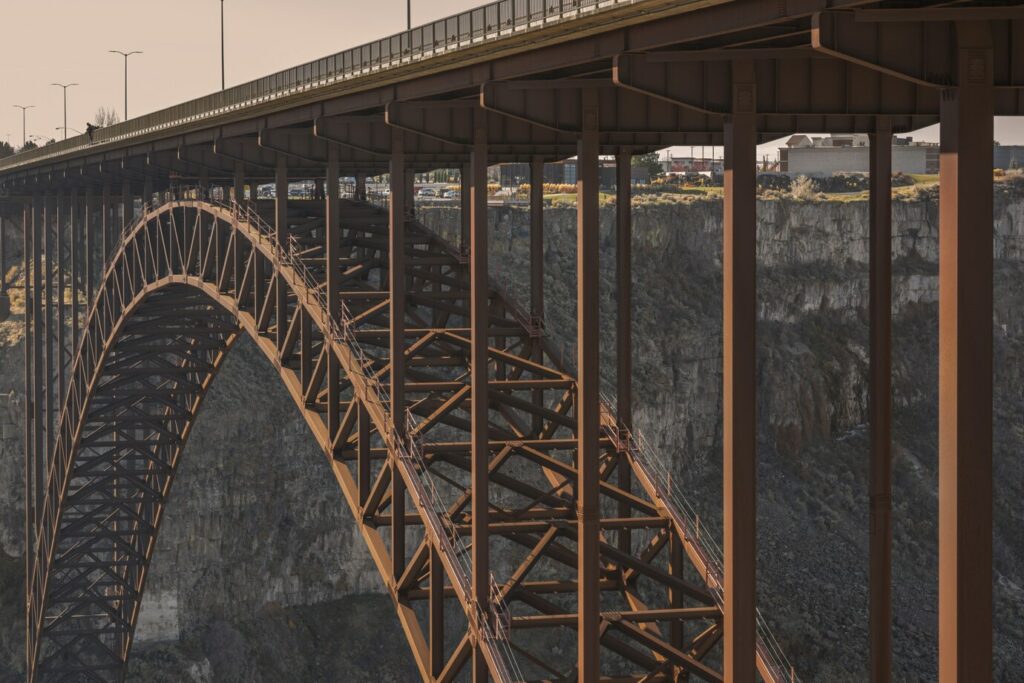
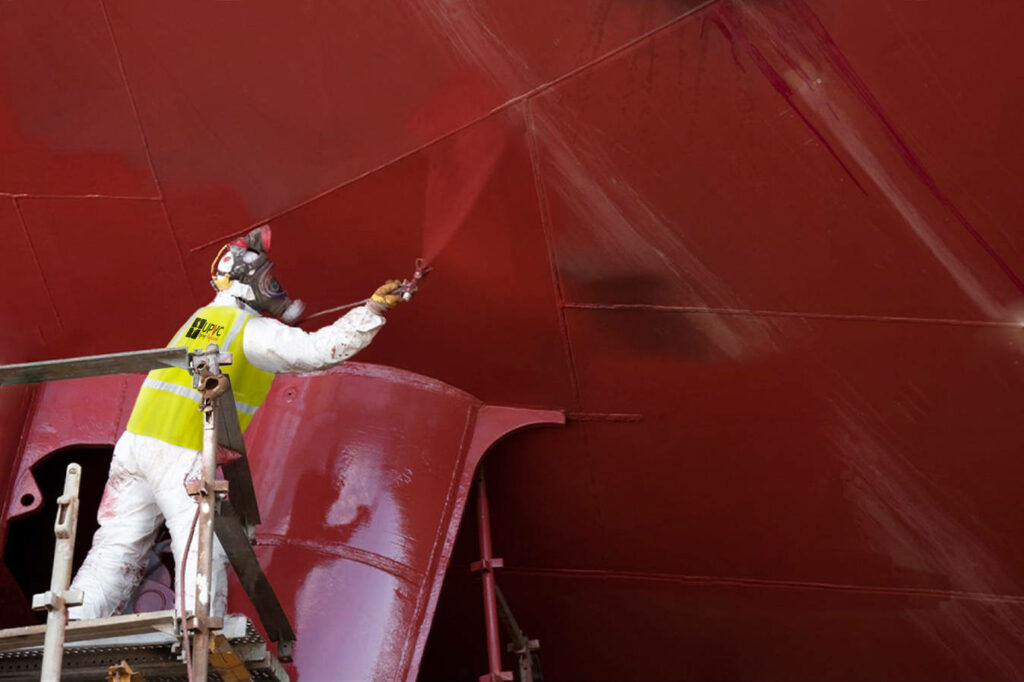

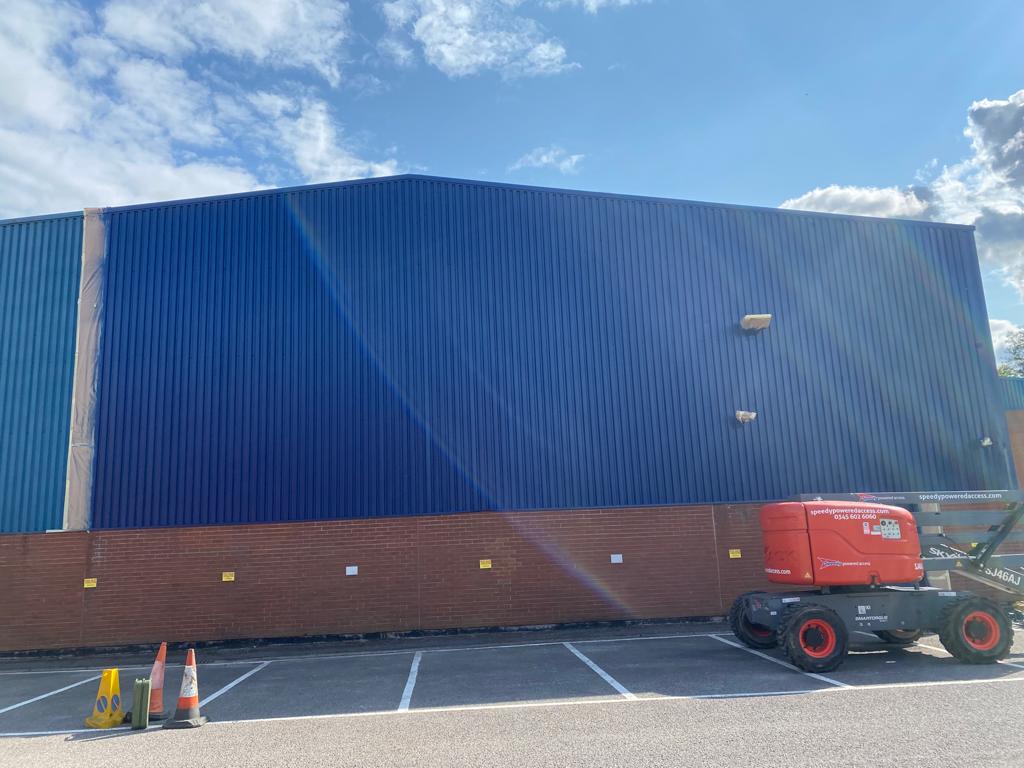
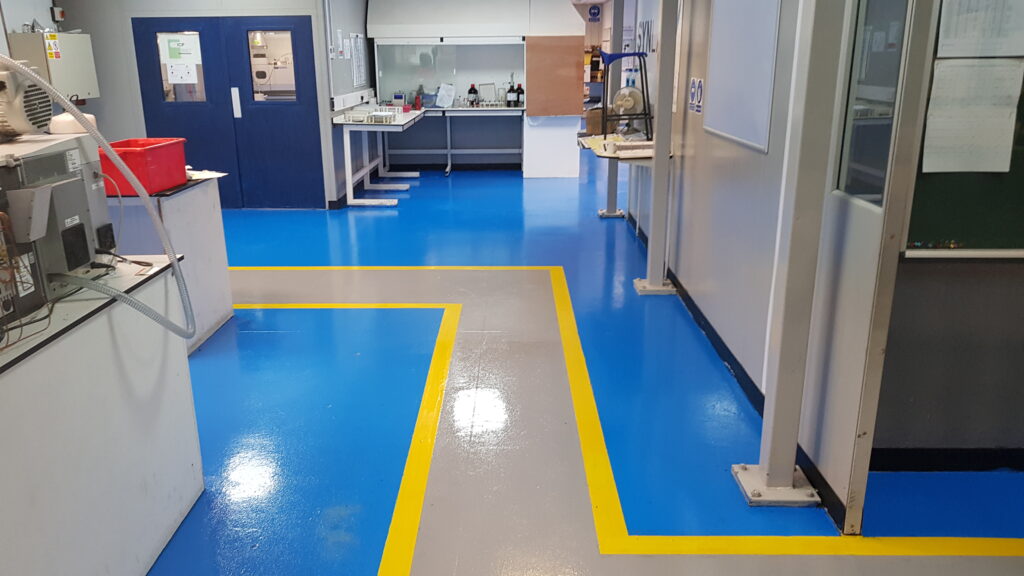
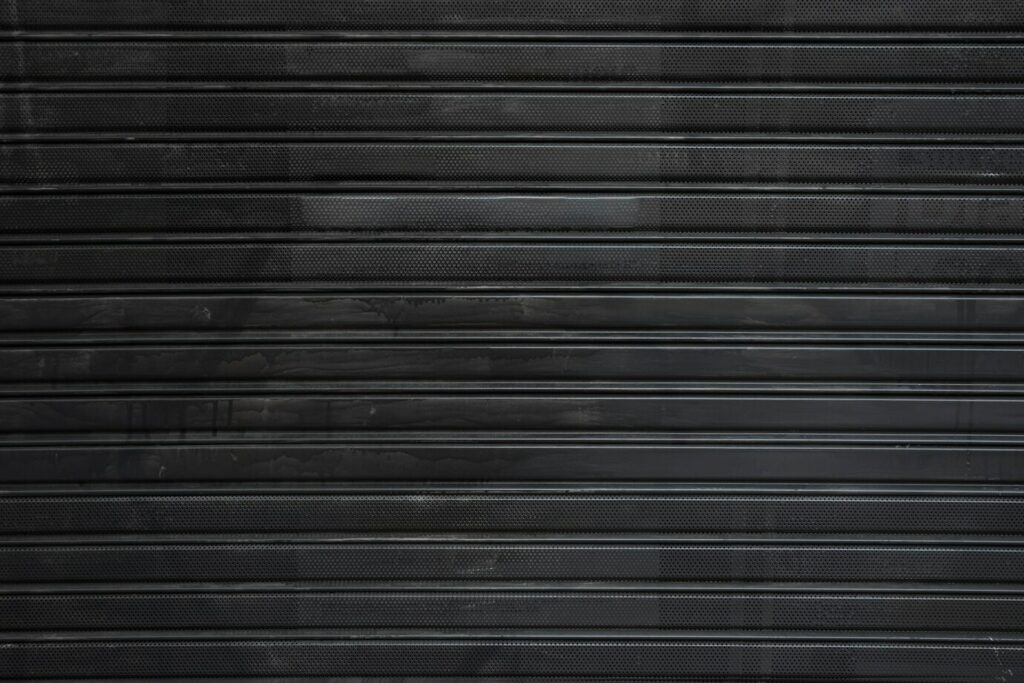

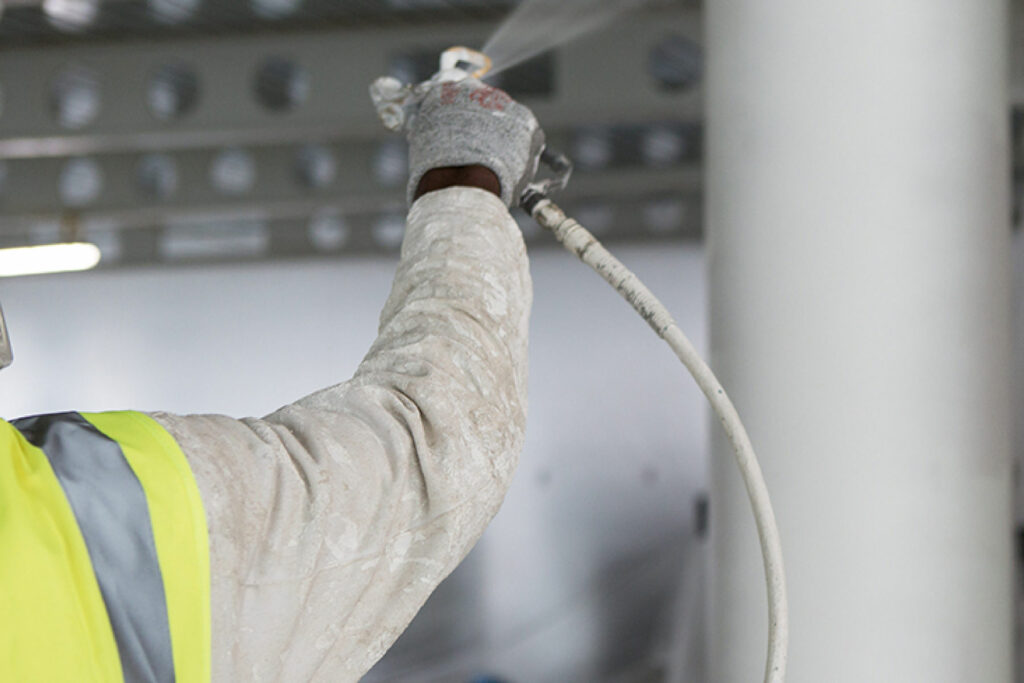
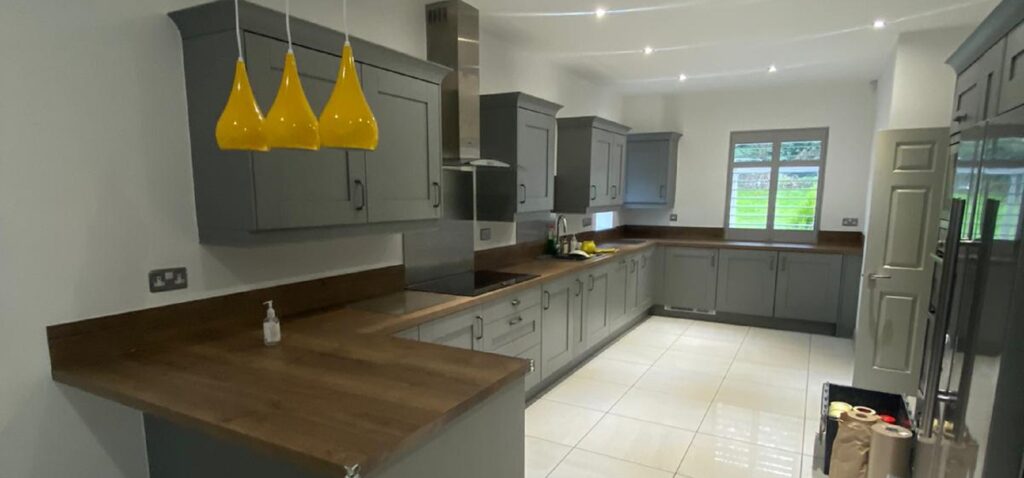


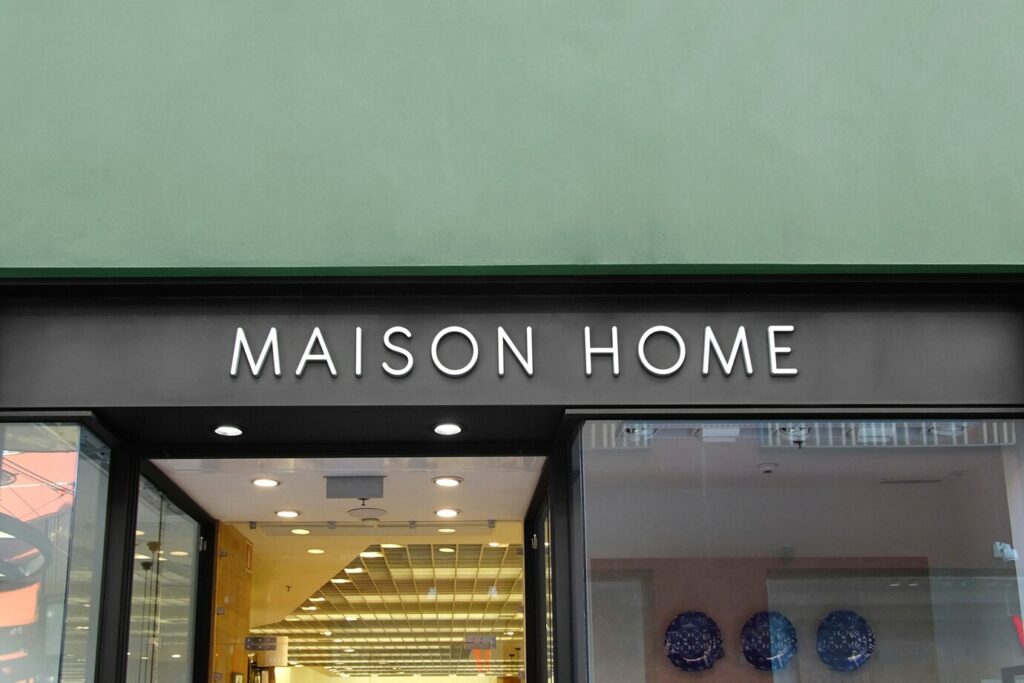

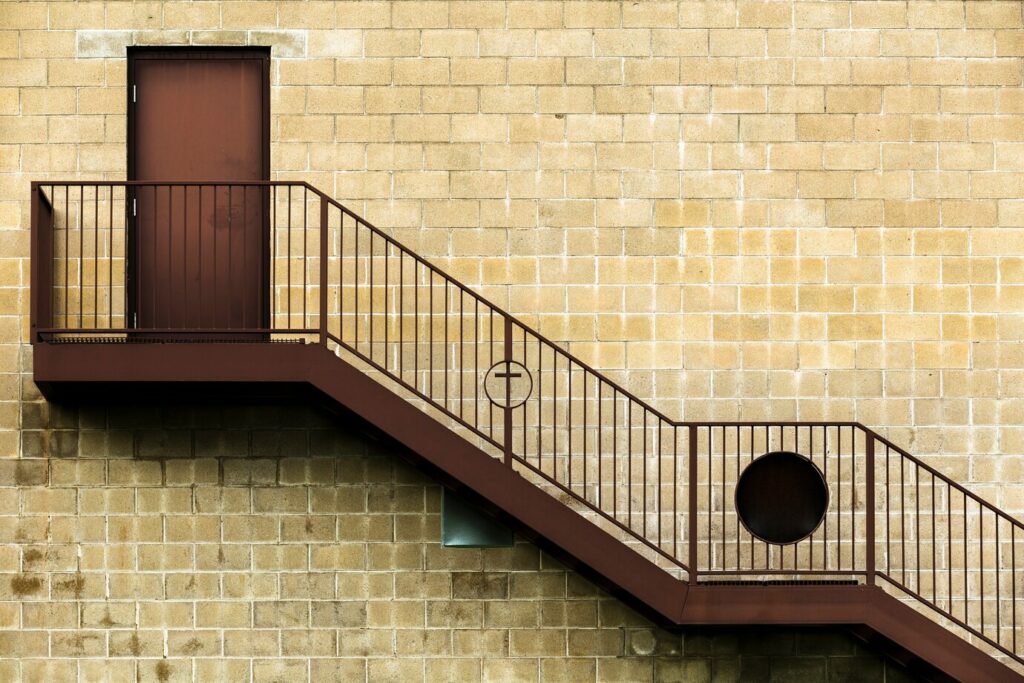

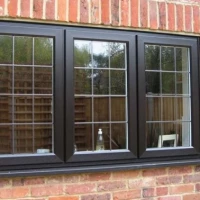
We Aim To Reply To All Enquiries With-in 24-Hours